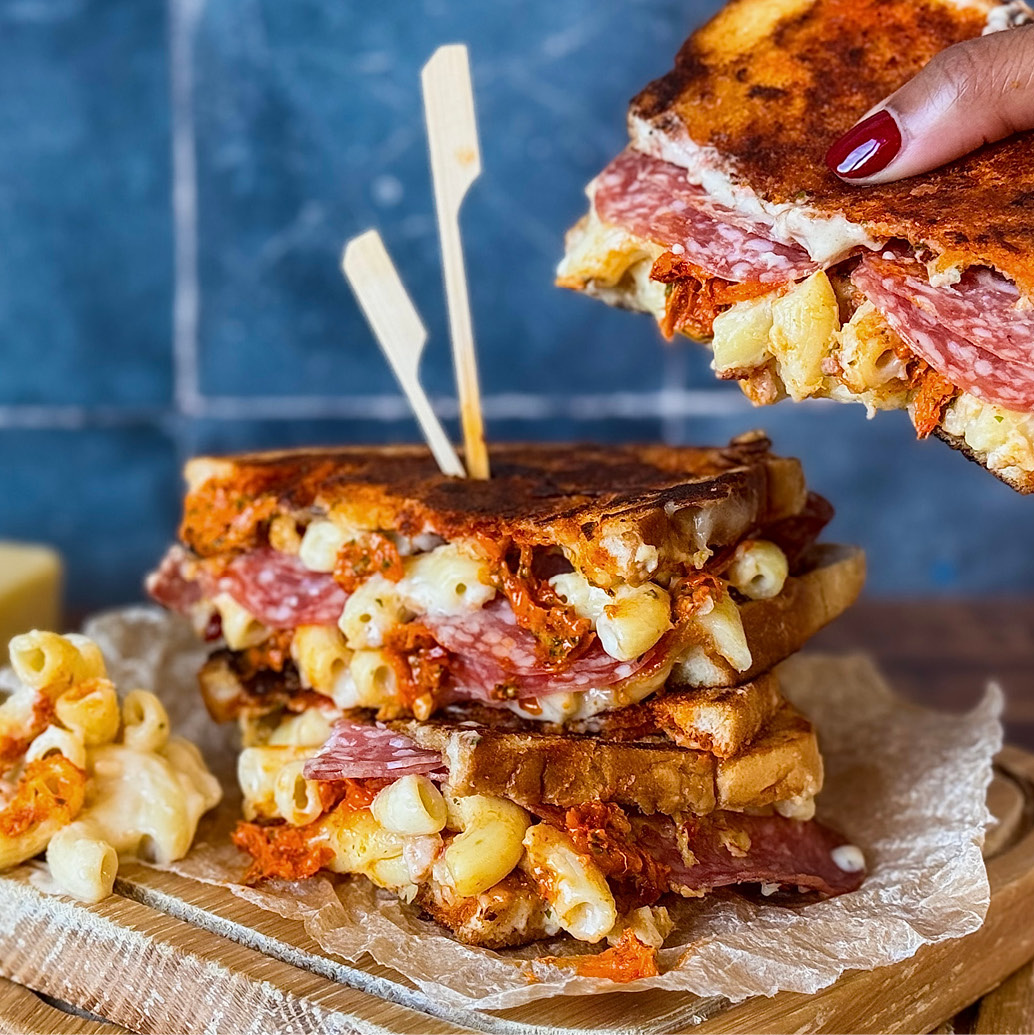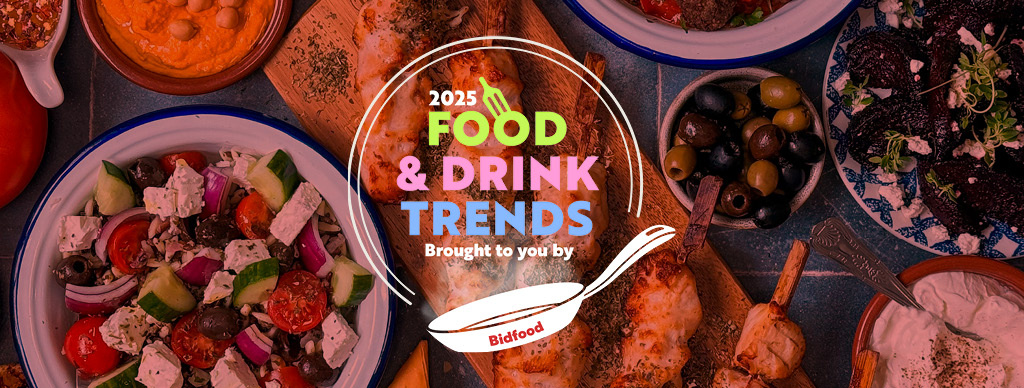Time of writing: January 2025
After enduring years of economic turbulence, could 2025 be the year we see brighter horizons for the hospitality sector? Or are we still wrestling with rising costs, cautious consumer spending, and operational hurdles like labour shortages and inflation?
2025 is actually the Chinese year of the wood snake, a dynamic year symbolising wisdom, growth and renewal – offering opportunities for those who evolve and learn from the past and those who stay adaptable and who look for creative solutions. In truth, with the impact of the budget likely to hit the out of home industry hard this year, we will need all the insight, adaptability and creativity we can muster to navigate the challenges ahead.
Hospitality’s economic prospects in 2025
The UK economy is offering a mixed bag. GDP growth remains modest, forecast at a sluggish 0.8% for 2024, while inflation, though slowing, continues to keep businesses and consumers on edge.* Add to this a 15% hike in the National Living Wage from April 2025, reduced business rate relief, and persistently high interest rates, and you’ve got a recipe for more financial strain on hospitality operators and foodservice wholesalers.
So, where does that leave the out-of-home market? Let’s dive in.
The Cost of Living meets consumer desire
Consumer confidence is recovering—slowly—but let’s not kid ourselves, it’s still well below pre-pandemic levels and households are still feeling the pinch. Elevated rent, mortgage payments, and energy costs mean many families are still having to tighten their belts. Yet, we Brits love our dining out traditions, and participation in the eating-out market has grown by 3.2% year-on-year.*
Millennials, ever resilient despite financial pressures, are driving this growth, gravitating toward social experiences and affordable indulgences. Casual dining, quick-service restaurants, and on-the-go options are thriving as customers look for value without compromising on quality or experience.
It’s the classic “lipstick effect”—a modest treat when bigger spends are out of reach.


Hospitality’s Catch-22
For operators, it’s a challenging balancing act. Wages are climbing, labour is scarce, and input costs remain high. At the same time, consumers are prioritising value for money more than ever, but actually quality is now becoming even more important as a choice driver.
Promotions, loyalty schemes, and experiential elements, but also great food are the key essentials for attracting and retaining customers.
So, what should hospitality businesses focus on in 2025?
- Elevated experiences: Whether it’s menu innovation, creative presentation, or engaging marketing campaigns, consumers crave something unique and memorable. Think experiential venues and premium casual dining. Find inspiration here: latest trends and innovation.
- Adding value: Reward schemes and experiential marketing are becoming essential tools to boost customer loyalty and traffic. Engaging formats—like interactive campaigns or collaborations—stand out in an era where unique experiences capture consumer attention.
- Sustainability: Customers are scrutinising brands on their green credentials. Whether it’s sourcing locally or minimising waste, sustainable practices resonate with diners. You can learn about Bidfood’s sustainability practices, and find tools to support your sustainability goals here: Positive force for change.
- Flexibility in offerings: Operators must adapt to shifts in demand. Hybrid dine-in/takeaway models, for example, cater to customers seeking convenience without sacrificing experience.
- Menu engineering: Menu design reflects the need for balancing quality and affordability. Lumina Intelligence at their Food Forum in December 2024 noted that premiumisation efforts, like adding high-value seasonal dishes, are key to maintaining customer interest. A quality offer will keep customers coming back and sets your business apart from the competition, especially at the moment when consumers are prizing quality more. Find food menu engineering tips here.
- Labour solutions: Addressing the recruitment crisis requires innovative strategies, from staff training and incentives to technology integration. Workforce challenges remain significant, but businesses that invest in their teams can achieve better retention and performance.
What about the supply chain in 2025?
Foodservice wholesalers aren’t exempt from these pressures. Rising costs, particularly for those businesses that are service based or labour-intensive and are exposed more to the increases in the National Living Wage and National Insurance, are raising the cost to serve. Wholesalers who work more closely with customers to support them on achieving elevated experiences, value for money, sustainability, flexible offerings and menus that are on the mark are best placed to thrive.
Find out how we achieve this with our customers here: why choose Bidfood.
What lies ahead for the out of home sector in 2025?
The eating-out sector will grow, but forecasts suggest it will struggle to keep pace with inflation. Diversification—formats, locations, and experiences—remains key. Investment is happening in transport hubs, technology like frictionless transactions, and enhancing ambiance.
Meanwhile, the shift toward convenience-driven options will persist, with further growth in grab-and-go, hot beverages, and small indulgences.
A look further ahead
Changing demographics are reshaping the market. By 2026, we’ll see fewer children, a bump in the 15–29 demographic, and 7% more over-75s.* These shifts highlight opportunities to cater to older consumers while also tapping into the vibrant spending habits of younger diners.
Top tips for 2025 success in foodservice
- Don’t underestimate value: it’s not going away as a driver. And it isn’t just about cheap—it’s about delivering experiences and products that feel worth the price. Deals, promotions, and standout quality are a must.
- Create unforgettable moments: From décor to menu innovation, give customers an experience that encourages repeat visits.
- Watch the trends: Non-alcoholic drinks, health-conscious options, and sustainability continue to dominate consumer preferences. Stay ahead of these demands. Discover the food and drink trends of 2025 here.

The hospitality sector in 2025 is undoubtedly under pressure, but it’s nothing we haven’t tackled before. While macroeconomic headwinds persist, businesses that innovate, prioritise customer experience, and embrace sustainable practices will lead the charge in capturing a resilient consumer base.
For the hospitality sector and foodservice wholesalers, the ability to adapt swiftly to these dynamics will determine their success in this pivotal year. With innovation, resilience, and a focus on the consumer, the out-of-home market has every reason to stay optimistic about 2025. After all, navigating challenges is what makes this industry so rewarding.
*Sources: Lumina Intelligence Food Strategy Forum December 2024, Office for Budget Responsibility, Bank of England Monetary Policy Report, and Office for National Statistics.



